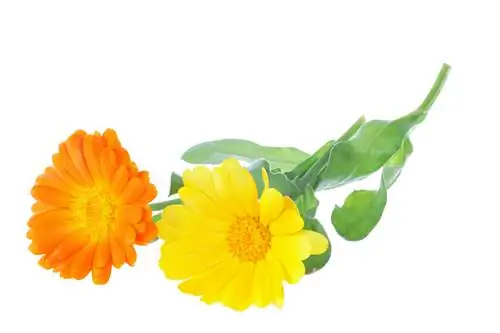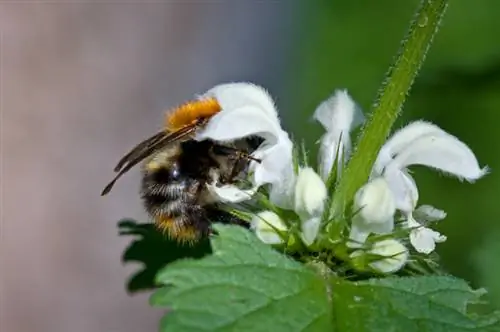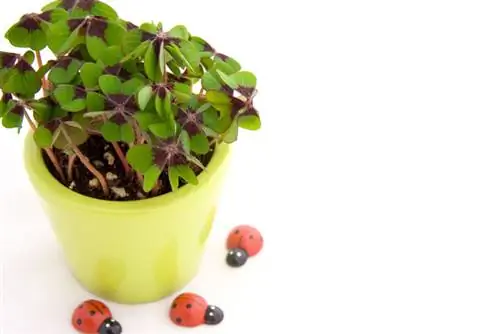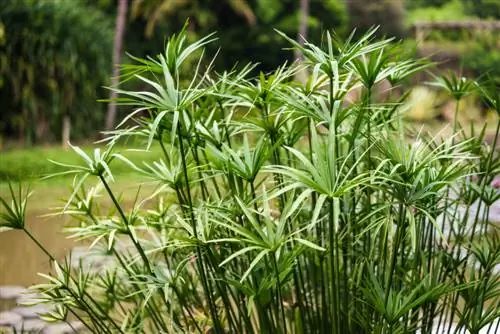- Author admin [email protected].
- Public 2023-12-16 16:46.
- Last modified 2025-01-23 11:20.
The marigold is usually represented in many gardens in Central Europe by the subspecies of the common marigold (Calendula officinalis). It is one of the most uncomplicated summer bloomers because it blooms very persistently and does not place high demands on the location.
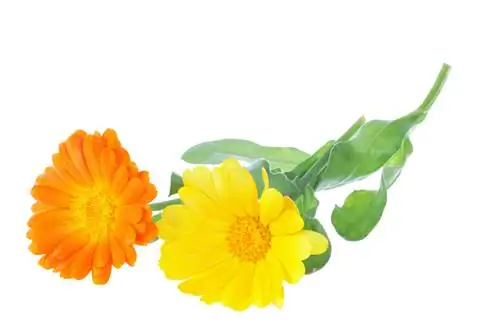
What does the marigold profile look like?
The marigold (Calendula officinalis) is an uncomplicated summer bloomer that blooms from June to October in yellow, orange and reddish tones. It grows 30-50 cm high, prefers full sun and loose, deep soil with clay content. Marigolds are used as a medicinal plant, decorative drug and for culinary purposes.
The marigold in the profile:
- Name: Marigold (Latin: Calendula officinalis)
- Popular names (varies regionally): buttercup, goldflower, marigold, dawn, marigold, wartywort, etc.
- Plant family: Daisy family (Asteraceae)
- Growth height: 30 to 50 centimeters
- Lifespan: mostly annual as it is not hardy
- Flower colors: yellow, orange, reddish
- Sowing: April to May
- Location: full sun to partial shade
- Substrate: loose and deep, preferably with clay content
- Flowering period: June to October
- Use: as an ornamental drug and medicinal plant
What purposes the marigold can serve in the garden
There are definitely reasons why marigolds have been so widely grown in the gardens of monasteries and farms for centuries. After all, it is not only said to have healing properties. The bright yellow and orange flower heads only bloom for a few days at a time, but they continually re-form during the flowering period. This is even more the case if you harvest freshly blossomed flower heads weekly for drying or as a fresh ingredient in salads and cut out spent flower heads. Since the plant is non-toxic in all parts except for pregnant women, it can be planted around the vegetable and salad bed as a natural barrier against snails and nematodes.
The use of marigold in cooking and natural medicine
Over the centuries, various uses for internal and external use of marigold flowers have been discovered. The tea brewed from dried flowers is said to relieve liver problems and also have a positive effect on stomach and intestinal ulcers. You can make long-lasting natural medicine from the flowers of the marigold by preserving them in the form of ointments and oil extracts. The external use of marigold products to care for irritated skin and to accelerate the healing of wounds and bruises is one of the most important areas of application for this medicinal plant.
Tip
While the dried ray flowers of the marigold are often used as a color-resistant decorative drug in tea mixtures, fresh petals can serve as an edible color in herbal butter. The fresh petals can also be sprinkled on warm dishes shortly before serving.

